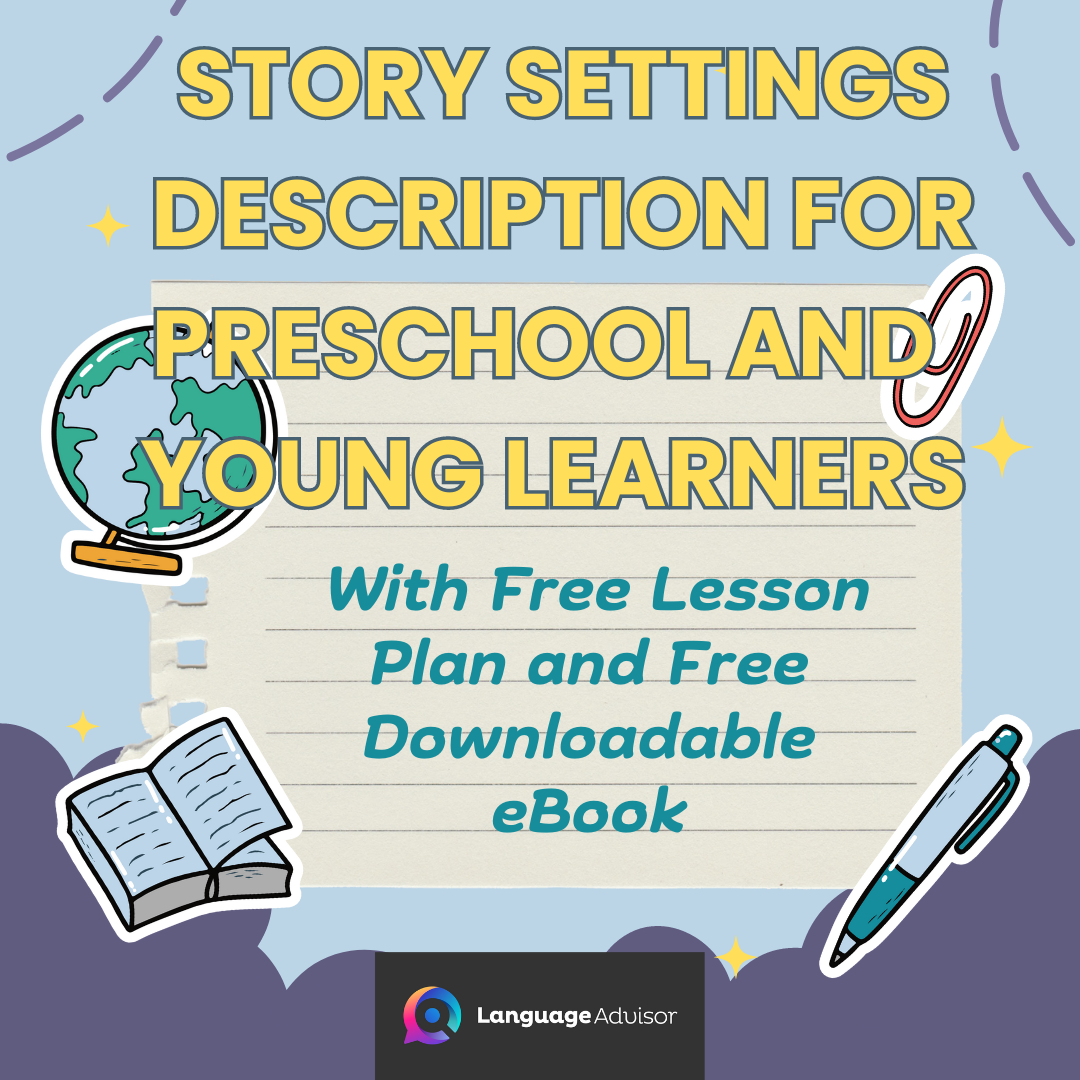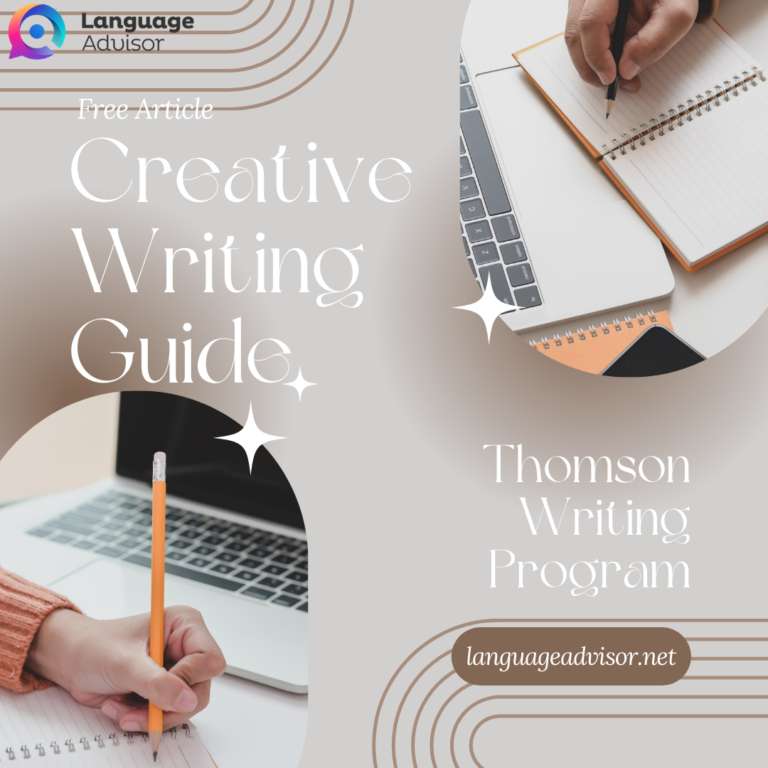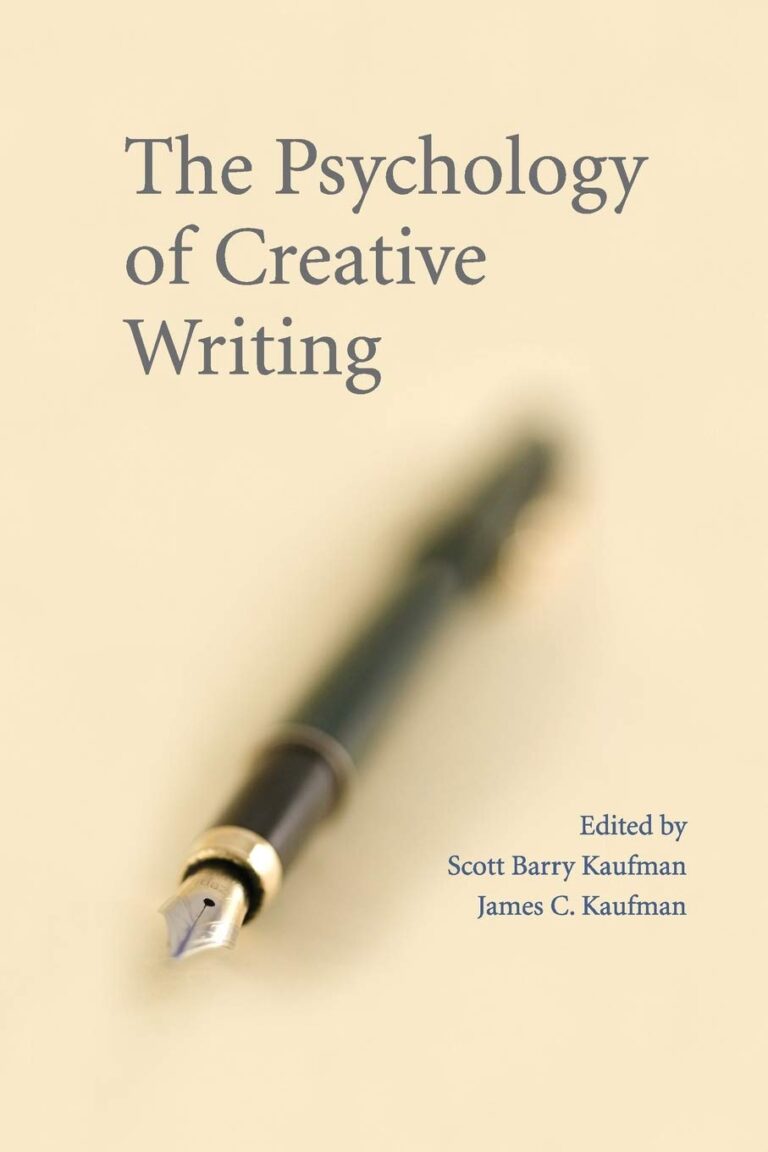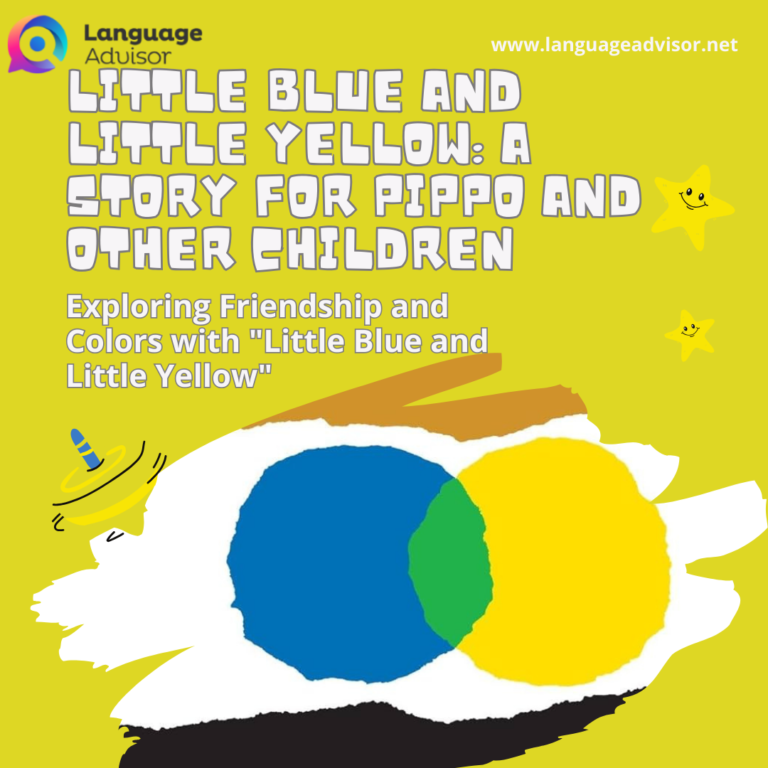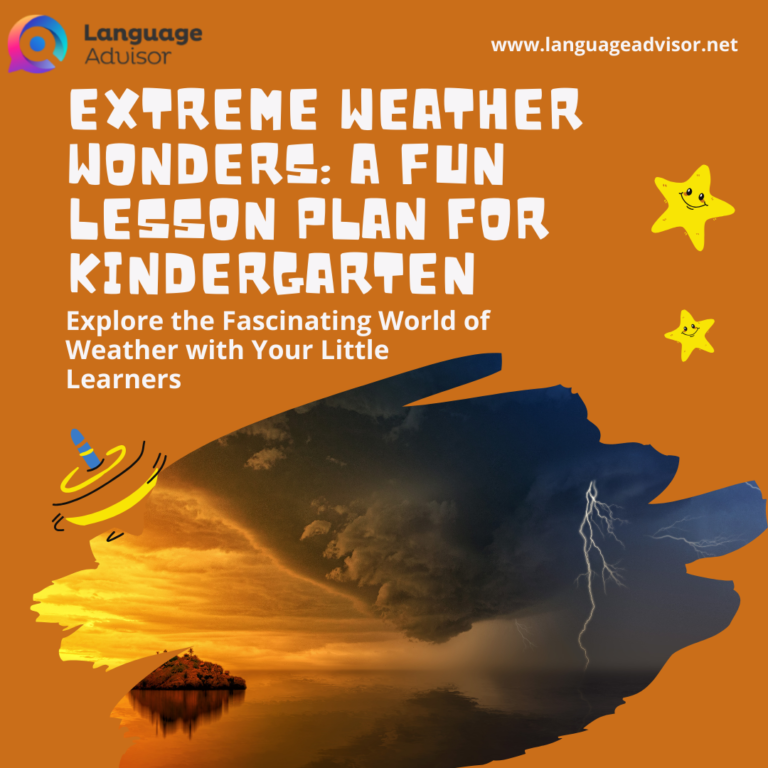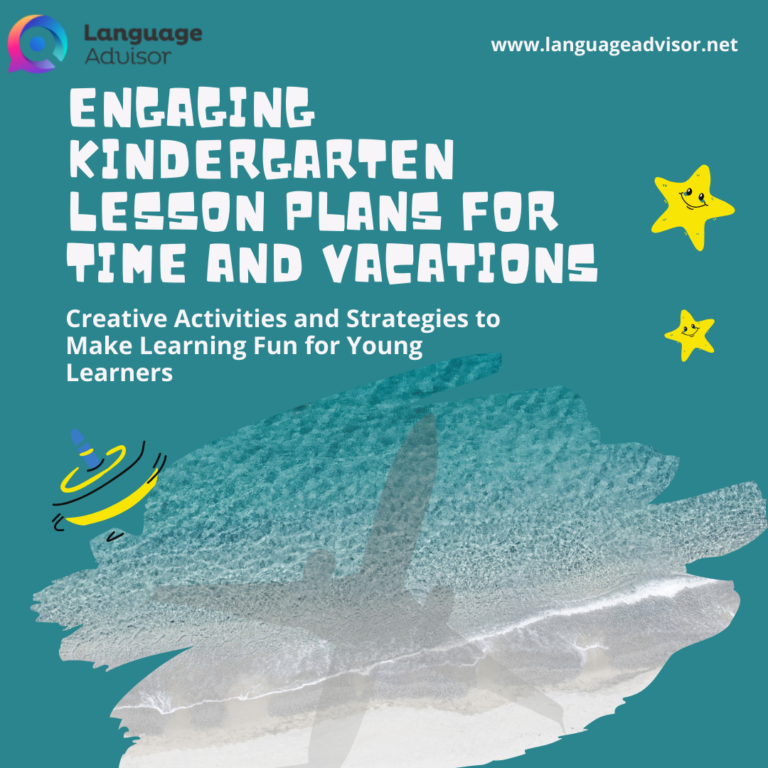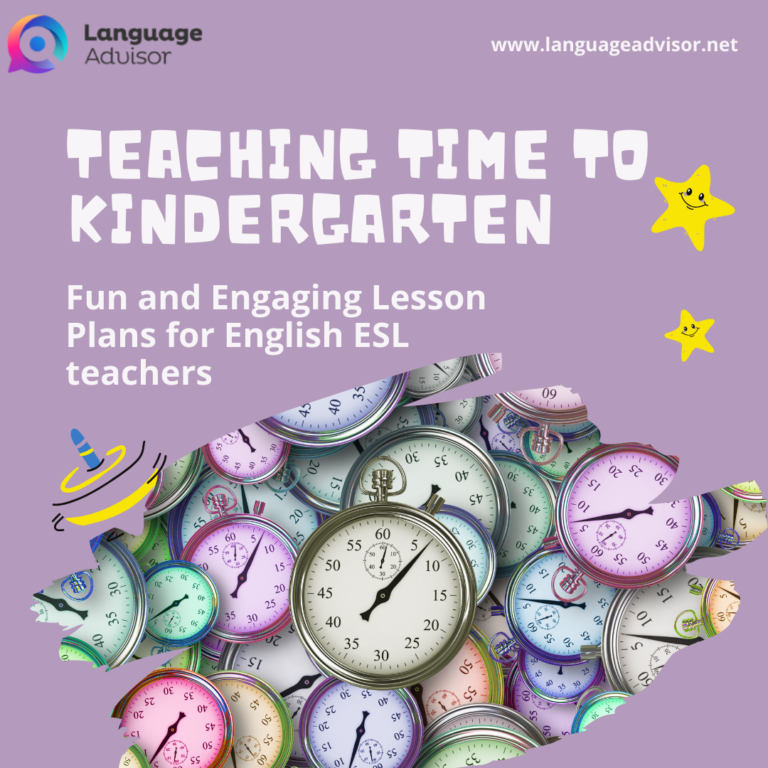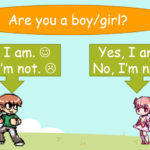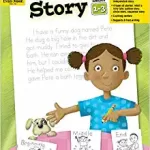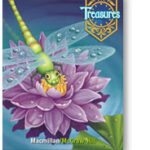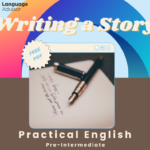Story Settings Description for Preschool and Young Learners with Free Lesson Plan and Free Downloadable eBook
Story Settings Description

Story Settings Description
Objective
Young learners will learn to effectively describe story settings using descriptive language and creative writing techniques. They will enhance their storytelling abilities and engage their imaginations.
Target Audience
Age Group: Preschool to Early Elementary (Ages 4-7)
Duration
3-4 class periods (30 minutes each)
Materials
- Whiteboard or chalkboard with markers or chalk.
- Writing supplies (pencils, erasers, crayons, colored pencils).
- Individual copies of the “Story Settings Description” worksheet (one for each student).
- Access to computers or tablets (optional) for downloading the eBook.

Introduction (10 minutes)
- Begin the lesson by engaging the young learners with a story that has vivid setting descriptions. Show pictures from the storybook or illustrations that depict different settings.
- Ask the students to share what they notice about the settings and how they feel about them. Encourage them to use descriptive words to express their thoughts.
Instruction (15 minutes)
- Introduce the concept of story settings and their importance in storytelling. Explain that settings help create the atmosphere and immerse the readers or listeners in the story.
- Show examples of descriptive language used in story settings. For instance, “The enchanted forest was filled with tall, ancient trees that seemed to whisper secrets to each other.”
- Discuss the use of adjectives, sensory details, and figurative language (e.g., similes and metaphors) in creating captivating setting descriptions.
Activity (15 minutes)
- Distribute the “Story Settings Description” worksheet to each student.
- Provide a list of different settings (e.g., a magical castle, a bustling city, a mysterious cave) for the students to choose from.
- Instruct them to write a short paragraph describing their chosen setting using descriptive language. Encourage creativity and imagination in their descriptions.
- Younger learners can draw their setting and write a simple sentence or two about it.
Conclusion (5 minutes)
- Gather the young learners and invite a few volunteers to read their setting descriptions aloud.
- Applaud their creativity and descriptive writing skills, providing positive feedback.
- Summarize the importance of vivid setting descriptions in storytelling and how it enhances the overall narrative.
Free Downloadable eBook (Optional):
- Provide access to the free downloadable eBook containing a collection of captivating story settings and descriptions for the young learners to explore at home or during free writing time in the classroom.
- Encourage students to use the eBook as a reference for creating their own stories with engaging settings.
BROWSE THE EBOOK

Assessment
- Assess the students’ setting descriptions based on their ability to use descriptive language and convey a clear image of the setting.
- Evaluate their understanding of using sensory details, adjectives, and creative writing techniques to enhance their setting descriptions.
Note: Keep the lesson interactive and engaging for young learners. Use visuals, storytelling, and hands-on activities to maintain their interest. Tailor the difficulty level of the settings and writing tasks based on the students’ abilities. Provide positive reinforcement and encouragement to nurture their writing skills.

For additional practice, be sure to explore this website. Simply click the link below.

For additional resources on creative writing, also check out these posts

Also Check out These English Lesson Plans for Young Learners


